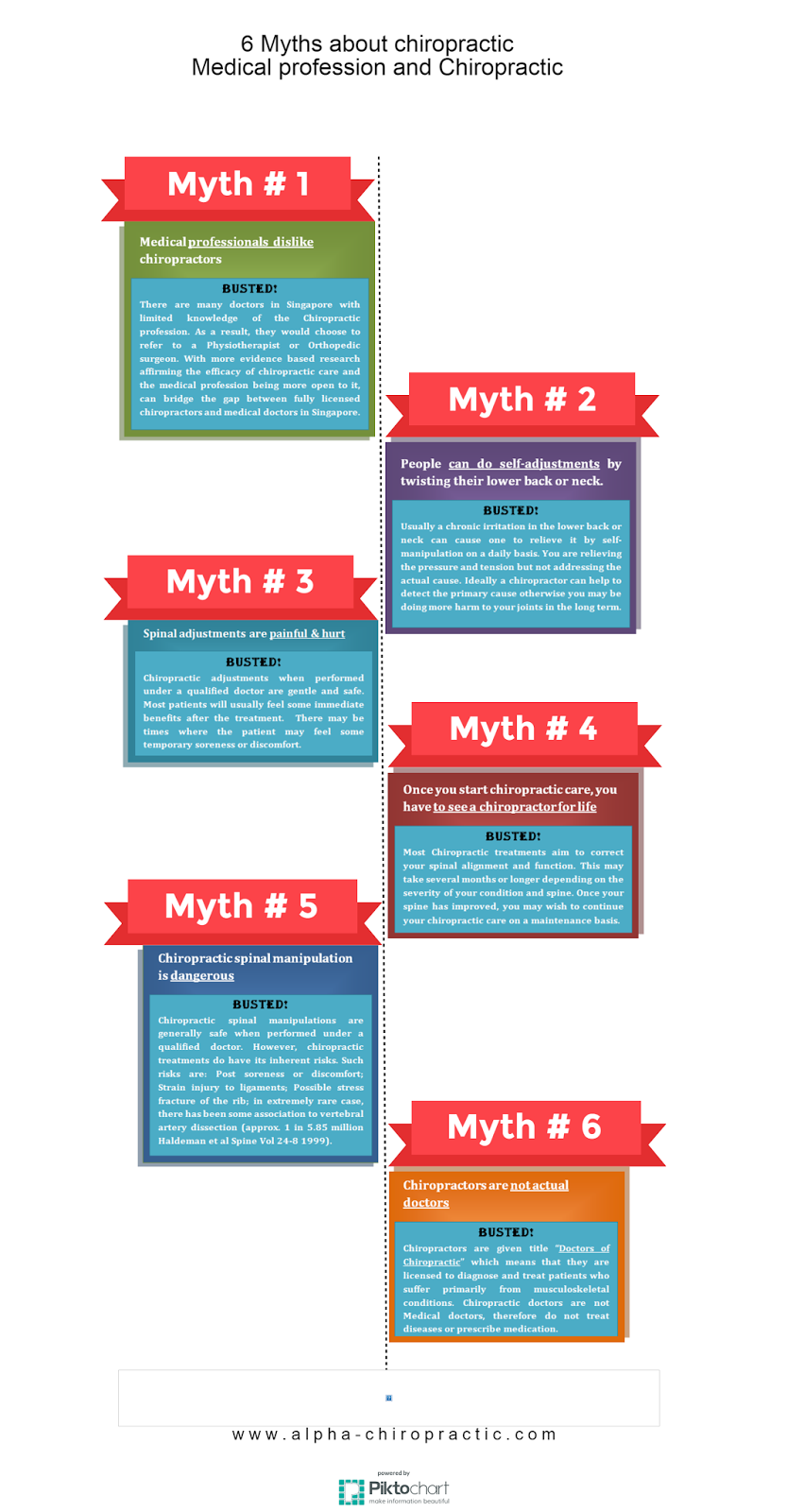An In-Depth Analysis Of Cold Laser Treatment: Unraveling Its Systems And Effect
An In-Depth Analysis Of Cold Laser Treatment: Unraveling Its Systems And Effect
Blog Article
Material Created By-Jespersen Peters
You may have become aware of cold laser treatment as a promising therapy option for various problems, yet have you ever wondered how it really works on a mobile level? Understanding the systems behind this treatment can clarify its effectiveness in promoting recovery and lowering swelling. By exploring the science behind cold laser treatment, you'll gain insights into the interesting ways in which light can influence mobile processes and facilitate cells repair.
Exactly How Cold Laser Treatment Works
To understand exactly how cold laser therapy works, you need to understand the fundamental principles of exactly how light energy communicates with biological cells. Cold laser treatment, also known as low-level laser treatment (LLLT), makes use of specific wavelengths of light to permeate the skin and target hidden tissues. Unlike the intense lasers made use of in operations, cold lasers give off low levels of light that do not generate warm or create damage to the cells.
When these gentle light waves get to the cells, they're taken in by elements called chromophores, such as cytochrome c oxidase in mitochondria. This absorption sets off a collection of organic feedbacks, consisting of enhanced cellular power manufacturing and the launch of nitric oxide, which enhances blood circulation and minimizes swelling.
Furthermore, the light energy can likewise boost the production of adenosine triphosphate (ATP), the energy currency of cells, helping in mobile fixing and regrowth processes.
Essentially, cold laser therapy takes advantage of the power of light energy to promote recovery and reduce pain in a non-invasive and gentle fashion.
Mechanisms of Action
Just how does cold laser therapy in fact work to produce its healing impacts on biological cells?
Cold laser treatment, likewise called low-level laser therapy (LLLT), operates via a procedure known as photobiomodulation. When the cold laser is related to the skin, the light power passes through the tissues and is soaked up by chromophores within the cells.
These chromophores, such as cytochrome c oxidase in the mitochondria, are then boosted by the light energy, causing a cascade of biological reactions. read article of action is the enhancement of mobile metabolism.
The absorbed light energy enhances ATP manufacturing in the mitochondria, which is important for mobile feature and repair service. Additionally, cold laser treatment assists to reduce inflammation by inhibiting inflammatory moderators and promoting the release of anti-inflammatory cytokines.
This anti-inflammatory impact adds to discomfort alleviation and cells healing.
Healing Impacts
Comprehending the restorative impacts of cold laser therapy involves recognizing how the improved cellular metabolic rate and anti-inflammatory homes add to its favorable results on biological tissues.
When the cold laser is applied to the afflicted area, it stimulates the mitochondria within the cells, resulting in increased production of adenosine triphosphate (ATP), which is important for cellular function and repair work. This increase in mobile energy speeds up the recovery procedure by promoting tissue regeneration and decreasing inflammation.
In Highly recommended Online site , the anti-inflammatory buildings of cold laser therapy assistance to reduce pain and swelling in the targeted location. By inhibiting inflammatory mediators and advertising the release of anti-inflammatory cytokines, cold laser therapy help in relieving discomfort and boosting the general recovery action.
This reduction in swelling not just gives immediate alleviation but also supports long-term tissue fixing.
Verdict
In conclusion, cold laser therapy works by boosting cellular fixing and cells regeneration with photobiomodulation. Its anti-inflammatory properties give pain alleviation and minimize swelling by inhibiting inflammatory arbitrators.
This therapy offers a comprehensive approach to healing, delivering both instant alleviation and long-term cells repair service benefits.
With its devices of action, cold laser treatment confirms to be an effective and appealing treatment alternative for a variety of problems.
